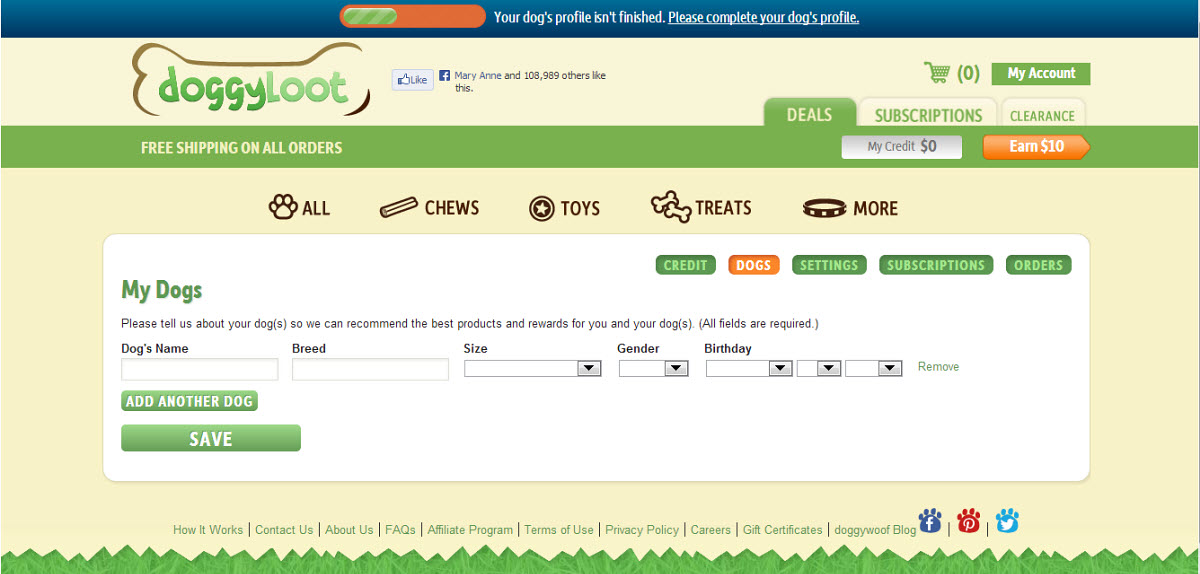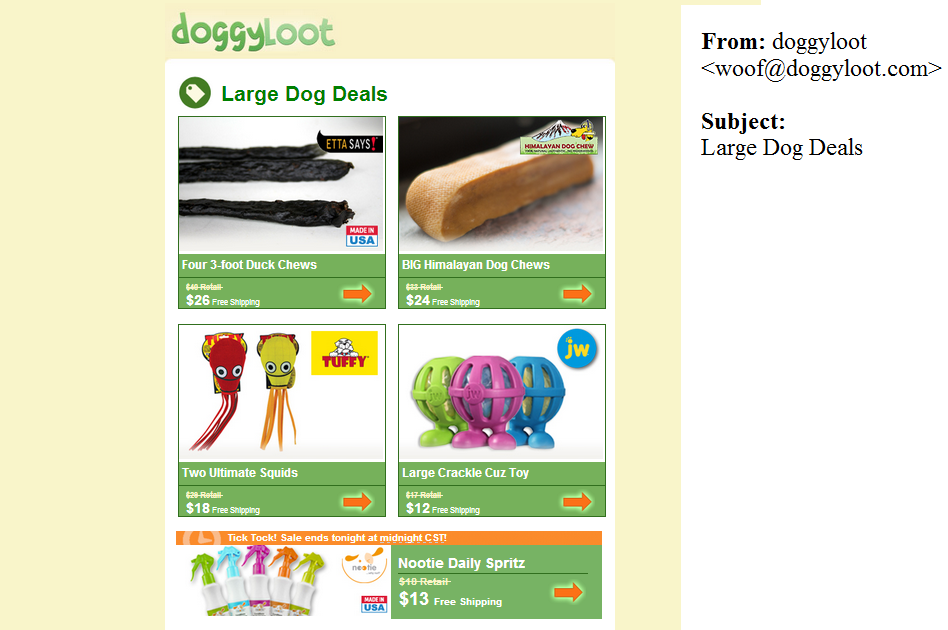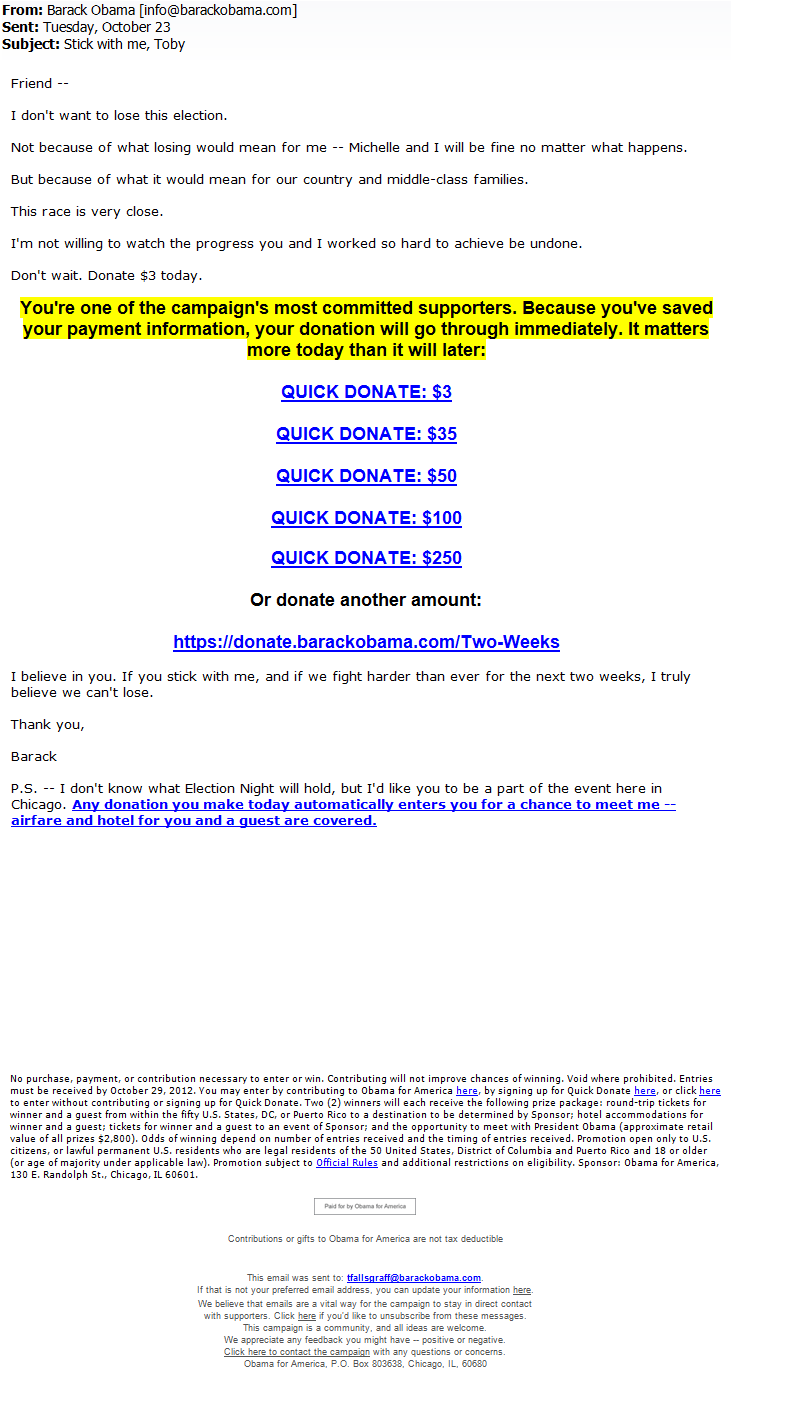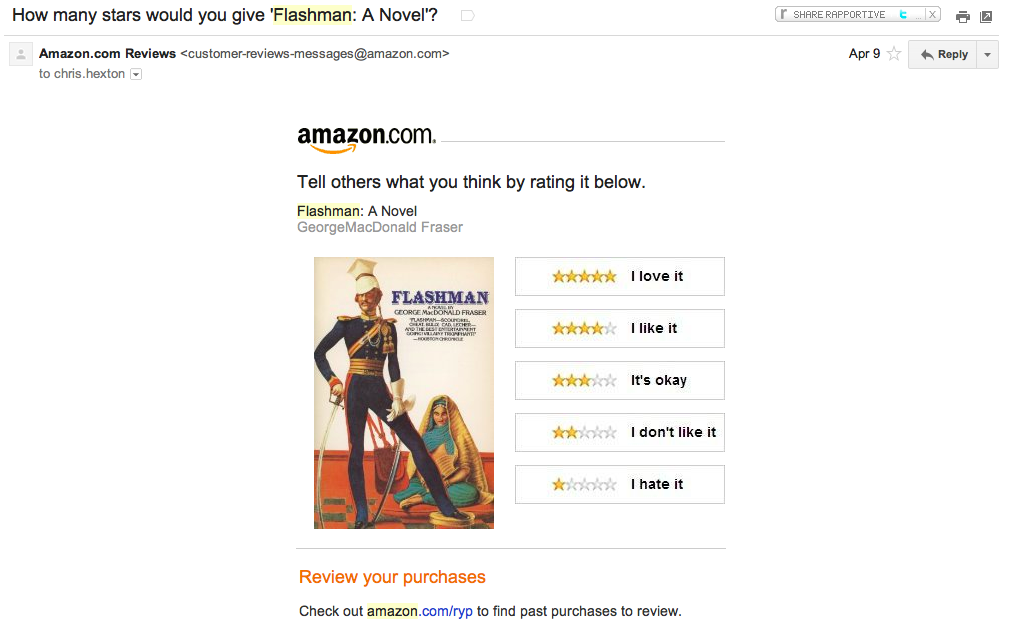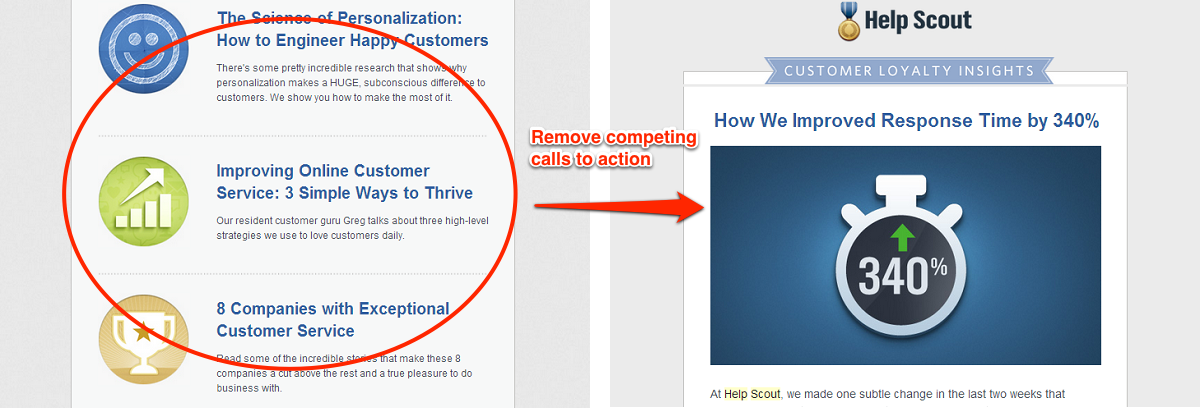- All Posts
- /
- 3 Supposed Best Practices In Email Optimisation: Debunked
3 Supposed Best Practices In Email Optimisation: Debunked
Uncategorized-
 Chris Hexton
Chris Hexton
-
Updated:Posted:
On this page
- Making assumptions when tackling conversion optimisation can cost you money.
- Personalization DOES still work in email marketing, having a single CTA is NOT always the best strategy and sometimes outrageous subject lines are LESS effective than plain ones.
- The results below challenge the notion that any ‘best practice’ should be accepted: you need to test and review your own results.
It’s normal to make assumptions but when it comes to email conversion optimisation you should never take any ‘best practice’ for granted.
A/B testing is about testing your gut feelings against the raw data collected from your own audience to find meaningful improvements in your numbers.
“One size fits all” doesn’t exist in the world of conversion rate optimisation.
The examples below prove that you need to run your own tests. Here are three commonly-held email marketing optimisation principles that you need put to the test yourself:
1. Personalization is dead
It’s a fairly common assumption that ‘personalisation is dead’. Many email marketers would comment that customers are so used to sophisticated campaigns that they no longer respond to simple personalisation like “Hey, John…” in the subject or body. If anything you’d probably guess that this sort of personalisation is more than likely to be received as trite than anything else.
Right?
Wrong!
Even recent tests show that, in many cases, customers will still react strongly to campaigns that utilise even just their name.
Take this example from AWeber (at the end of 2012). The two subject lines tested against the AWeber audience were:
Email A: “Email Marketing Advice From 2 Guys (Who Know What They’re Doing)”
Email B: “[First Name], Email Marketing Advice From 2 Guys (Who Know What They’re Doing)”
The only change was the use of the first name.
What’s even more interesting is that AWeber has an audience of email marketers. If anyone would be skeptical it’s those that know all the tricks.
The result: Email B outperformed Email A not just in terms of opens, with an increased rate of 5.13%, but also with an increased click through rate of 17.36%.
The point we should take home here is that whilst simple personalisation like this may not be as effective as it once was, it should not be discounted and you should definitely test these concepts with your own audience.
If personalisation works, don’t just stop at first names. You should implement some heavily-personalized emails using data and segmentation.
In the following example, Doggyloot were able to lift email clickthrough rates by 750% with smart personalisation in their email marketing. By asking customer’s about their dogs (learning their names, breeds, sizes, etc.) they were able to personalise the contents of each email:
In the example above they include products for ‘big dogs’, extremely different from the products they include in an email sent to customers with ‘small dogs’.
The point: Personalization really depends on your niche and your audience so test your way to success rather than relying on tips you’ve read about.
2. Having a single CTA is the best strategy
Can the universally accepted strategy of a ‘single call to action’ ever be wrong?
You bet. Take a look at this email from the 2012 Obama campaign:
By breaking up the call to action into a series of deeper, quick links they were able to increase donations on this particular email. The email was doubly effective as it was sent to voters for whom the the Obama campaign already had saved payment details.
Amazon does something similar with their ‘rate this book’ emails to Kindle readers:
What’s interesting is that seeing these examples you might start to think “crap, I need to break up my CTA wherever possible”. Remember: this is where assumptions begin.
After all, sometimes a single CTA is better.You always need to test how you should structure you CTA: should you use a button, should you have a single link, should you have multiple links in a digest format.
This example from Visual Website Optimizer and Help Scout shows a clear example of where a single CTA has been much more effective than multiple CTAs:
The point here is that it’s not the number of calls to action that matters but the congruency to the goal and how this relates to your audience.
In getting customers to interact with a newsletter update email you are trying to get them to read your blog. Having a focussed newsletter that doesn’t give the reader any choice is likely to increase conversions as it makes the conversion path clearer. In the Obama example, however, the multiple calls to action remove a step in the process by making donation ‘one click’.
Quibb send out a daily email with personalised links to relevant news articles for each and every reader. Founder Sandi blogged about the success of these campaigns which have a daily open rate of between 50% and 70%. Impressive:

The point: It’s all about the goal and congruency. These campaigns show that different strategies work in different situations.
3. Outrageous subject lines get a better response
There’s no doubt that the subject line is your chance to capture your recipients’ attention. Spending quality time crafting your subject line is a vital part of the success of your campaign.
There are all sorts of ‘tricks’ for effective subject lines out there, from using questions to writing something ‘dramatic’.
Although these strategies generally work well: they won’t always. Take this example from MarketingSherpa. The team and MarketingSherpa tested two subject lines:
How Blockbuster Express grew its email list 300%
and
If Alfred Hitchcock wrote emails, could he grow an audience by 300%?
Here’s the results of the open rates:
At this point it looks like the mysterious ‘Alfred Hitchcock’ email is a winner, BUT, here are the results when it comes to click rates:
So, from a purely results-oriented perspective, the more ‘effective’ subject line actually decreased the effectiveness of the entire campaign. Interesting!
Being relevant in your subject line generally leads to better conversions as you’re not over-promising and under-delivering.
That doesn’t mean you can’t try different approaches. Another case study from MarketingSherpa saw them test six subject lines:
The winning variation led to twice as much traffic to the landing page. With the wording “Do your landing pages pass this test?” this subject line won out against more pragmatic subjects such as “Optimization Summit 2012 – Speakers List Now Up! – Save $300 Today”.
The point: sometimes, a little mystery can work but you need more evidence then a hunch. Test your subject lines. It only takes a few minutes per campaign and can yield powerful results.
Your thoughts?
- What do you think about these results? Leave a comment and let us know.
- Checkout this post on email A/B test ideas for a little inspiration!
